Summary | Excerpt | Reading Guide | Reviews | Beyond the Book | Read-Alikes | Genres & Themes | Author Bio
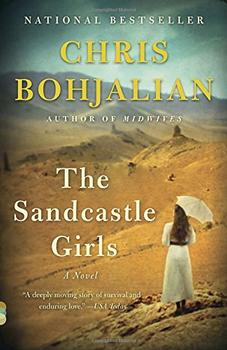
Critics' Opinion:
Readers' Opinion:
First Published:
Jul 2012, 320 pages
Paperback:
Apr 2013, 320 pages
 Book Reviewed by:
Book Reviewed by:
Kim Kovacs
Buy This Book
This article relates to The Sandcastle Girls
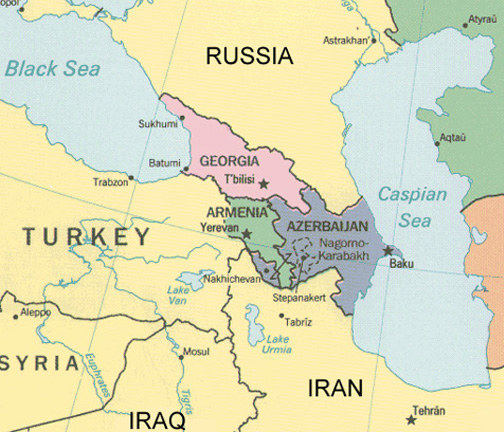 The word "genocide" was coined in 1943 by Raphael Lemkin, a Jewish Polish legal scholar, although it didn't enter common usage until the Nuremberg trials (the criminal prosecution of those responsible for the Holocaust). The United Nations Convention on the Prevention and Punishment of the Crime of Genocide defines it as "any of the following acts committed with intent to destroy, in whole or in part, a national, ethnical, racial or religious group, as such: killing members of the group; causing serious bodily or mental harm to members of the group; deliberately inflicting on the group conditions of life, calculated to bring about its physical destruction in whole or in part; imposing measures intended to prevent births within the group; [and] forcibly transferring children of the group to another group."
The word "genocide" was coined in 1943 by Raphael Lemkin, a Jewish Polish legal scholar, although it didn't enter common usage until the Nuremberg trials (the criminal prosecution of those responsible for the Holocaust). The United Nations Convention on the Prevention and Punishment of the Crime of Genocide defines it as "any of the following acts committed with intent to destroy, in whole or in part, a national, ethnical, racial or religious group, as such: killing members of the group; causing serious bodily or mental harm to members of the group; deliberately inflicting on the group conditions of life, calculated to bring about its physical destruction in whole or in part; imposing measures intended to prevent births within the group; [and] forcibly transferring children of the group to another group."
The Armenian Genocide, which many scholars consider the first modern genocide, refers to the systematic extermination of the Armenian citizens of the Ottoman Empire during and shortly after WWI.
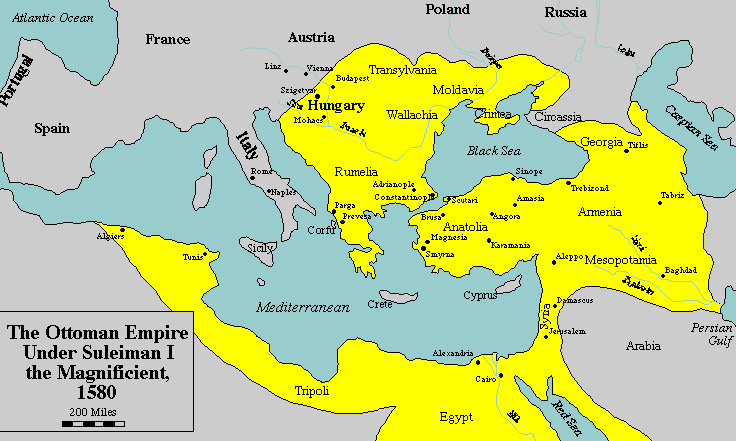 The build-up to the Armenian Genocide can be understood by tracing the history of the Ottoman empire. Like all empires, the Ottoman Empire (also known as the Turkish Empire, with its capital at Constantinople - modern day Istanbul) stretched over many countries. At one time the empire embraced Vienna in the north to Mecca in the south. From the sixteenth century to its collapse following World War I, the Ottoman Empire included areas of historic Armenia. During its glory days in the 16th century, minority Christianized Armenians were a peaceful part of the empire. This changed during the nineteenth century however, when nationalism swept through and the Armenian Christians began to be considered second-class citizens and discriminated against. Their testimony was inadmissible in court, they had no representation in the government, they were highly taxed, their religious practices were heavily proscribed, it was illegal for them to carry weapons, etc.
The build-up to the Armenian Genocide can be understood by tracing the history of the Ottoman empire. Like all empires, the Ottoman Empire (also known as the Turkish Empire, with its capital at Constantinople - modern day Istanbul) stretched over many countries. At one time the empire embraced Vienna in the north to Mecca in the south. From the sixteenth century to its collapse following World War I, the Ottoman Empire included areas of historic Armenia. During its glory days in the 16th century, minority Christianized Armenians were a peaceful part of the empire. This changed during the nineteenth century however, when nationalism swept through and the Armenian Christians began to be considered second-class citizens and discriminated against. Their testimony was inadmissible in court, they had no representation in the government, they were highly taxed, their religious practices were heavily proscribed, it was illegal for them to carry weapons, etc.
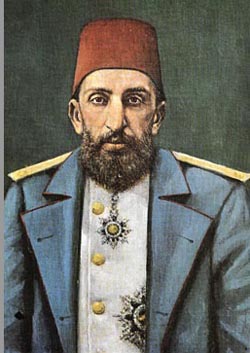 As the Ottoman Empire declined, it lost territory in wars, particularly to the Russian Empire. The Armenians' loyalty to the Ottoman empire immediately became suspect. In addition, by the mid-19th century Europe-educated Armenian Christians began to form political groups and demand equal treatment from the Turkish government, heightening the government's mistrust of the Armenian population as a whole. Sultan Abdul Hamid II, the ruler of the Ottoman empire at this time, created a military division to keep the Armenians under control "by any means they saw fit." This eventually led to massacre. It is estimated that between 100,000 and 300,000 Armenians were killed during the Sultan's reign (1876 - 1909) as a result of this policy of deliberate intimidation and repression.
As the Ottoman Empire declined, it lost territory in wars, particularly to the Russian Empire. The Armenians' loyalty to the Ottoman empire immediately became suspect. In addition, by the mid-19th century Europe-educated Armenian Christians began to form political groups and demand equal treatment from the Turkish government, heightening the government's mistrust of the Armenian population as a whole. Sultan Abdul Hamid II, the ruler of the Ottoman empire at this time, created a military division to keep the Armenians under control "by any means they saw fit." This eventually led to massacre. It is estimated that between 100,000 and 300,000 Armenians were killed during the Sultan's reign (1876 - 1909) as a result of this policy of deliberate intimidation and repression.
In 1908 Hamid II was overthrown by a political organization referred to as the Young Turks. The ultra-nationalist Committee of Union and Progress (CUP) emerged from this group as the head of the government in 1913, led by a powerful triumvirate known as the Three Pashas: Ismail Enver, Minister of War; Mehmed Talaat, Minister of the Interior; and Ahmed Djemal, Minister of the Navy. The CUP advocated the formation of an exclusively Turkish state and regaining Muslim lands to the east that it had lost to Russia, was one of its goals.
When WWI broke out, CUP consequently aligned the Ottoman Empire with Germany and against Russia. In late 1914, Enver Pasha's forces confronted the Russians hoping to capture the city of Baku, but were soundly defeated in the Battle of Sarikamish. The defeat had an unfortunate effect of directing the Turks' anger at the Armenians whom the Turks alleged as siding with the Russians in battle. Never a highly valued group of citizens, the Armenians were now perceived as an internal threat to the security of the government. This afforded the Turkish rulers an excuse to initiate an organized plan for the extermination of all Armenians within the empire's borders.
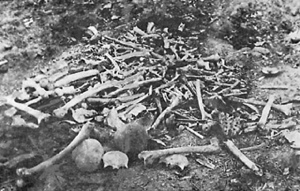 On April 24, 1915, approximately 250 intellectuals and community leaders were arrested and eventually executed as threats to the empire's security. The following month, the government enacted the Tehcir Law, which confiscated all Armenian property. Armenian men were either conscripted as slave labor (which few survived), or killed outright. The women, children and infirm were "deported" - forced to walk into the desert where the starving, exhausted and ill survivors were left without food and water to die. It's estimated up to 1.5 million Armenian men, women and children perished between 1915 and 1923, when the genocide finally ended with the collapse of the Ottoman Empire.
On April 24, 1915, approximately 250 intellectuals and community leaders were arrested and eventually executed as threats to the empire's security. The following month, the government enacted the Tehcir Law, which confiscated all Armenian property. Armenian men were either conscripted as slave labor (which few survived), or killed outright. The women, children and infirm were "deported" - forced to walk into the desert where the starving, exhausted and ill survivors were left without food and water to die. It's estimated up to 1.5 million Armenian men, women and children perished between 1915 and 1923, when the genocide finally ended with the collapse of the Ottoman Empire.
Map showing modern-day Armenia
Map of Ottoman Empire from allaboutturkey.com
Picture of Sultan Abdul Hamid II from theottomans.org
Picture of Armenian genocide from Armenian National Institute
Filed under People, Eras & Events
![]() This "beyond the book article" relates to The Sandcastle Girls. It originally ran in September 2012 and has been updated for the
April 2013 paperback edition.
Go to magazine.
This "beyond the book article" relates to The Sandcastle Girls. It originally ran in September 2012 and has been updated for the
April 2013 paperback edition.
Go to magazine.





The Funeral Cryer by Wenyan Lu
Debut novelist Wenyan Lu brings us this witty yet profound story about one woman's midlife reawakening in contemporary rural China.
Your guide toexceptional books
BookBrowse seeks out and recommends the best in contemporary fiction and nonfiction—books that not only engage and entertain but also deepen our understanding of ourselves and the world around us.